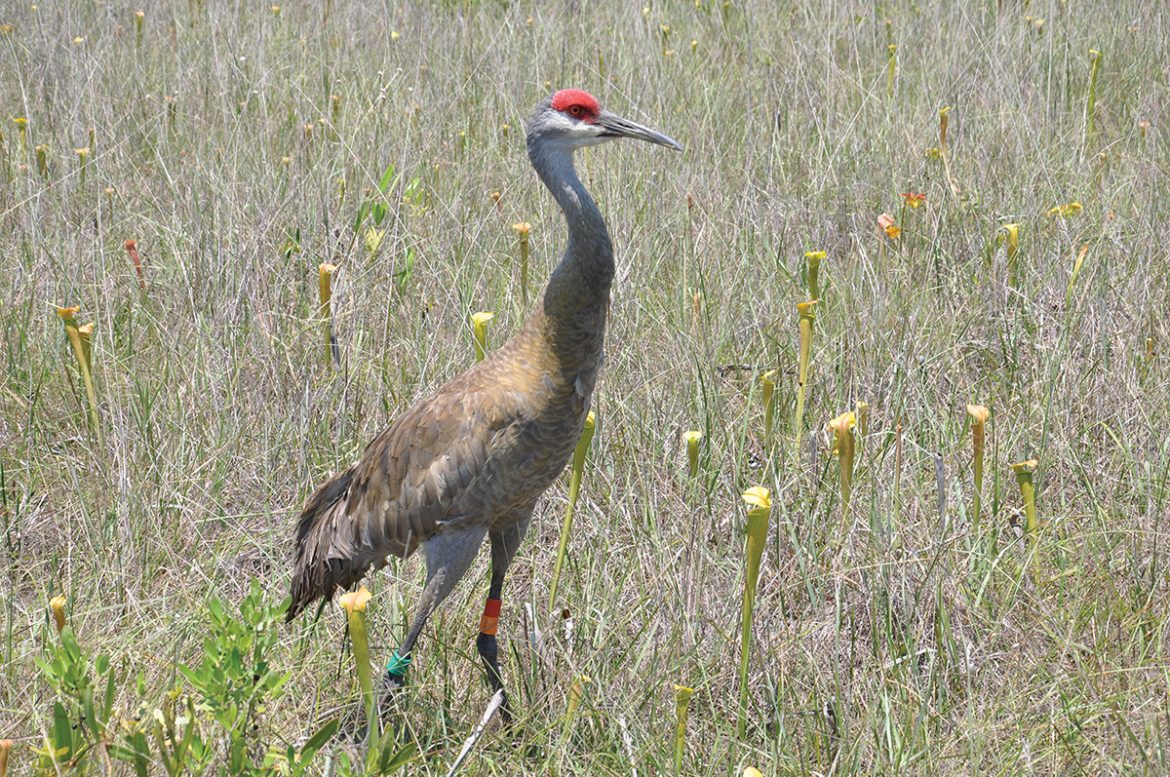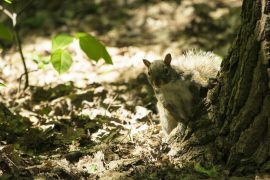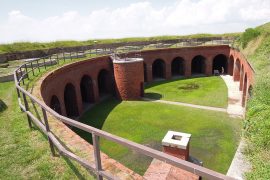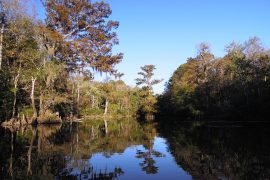Endangered Bird Calls South Mississippi Home
The Mississippi subspecies of sandhill crane once lived all along the northern Gulf Coast, but the few remaining birds became so endangered that the federal government set up the Mississippi Sandhill Crane National Wildlife Refuge near Gautier just for them.
“Mississippi sandhill cranes are native to Mississippi and the Gulf Coast,” explains Scott Hereford, a refuge supervisory wildlife biologist. “At one time, scattered populations lived along the Gulf Coast, but by 1960, the only population west of the Okefenokee Swamp in Georgia was in Jackson County.”
Fewer than 35 Mississippi sandhill cranes existed in 1975 when the U.S. Fish and Wildlife Service established the 19,000-acre refuge for them. Biologists intensively managed the remaining population and hatched many birds in captivity. By 2013, the population grew to 25 breeding pairs.
“The Mississippi subspecies is one of the rarest bird populations in North America,” Hereford advises. “Today, there are a little more than 130 of them including more than 40 nesting pairs. All of them either live on the refuge or on private lands within three to five miles of the refuge boundary.”
Most sandhill cranes migrate just like waterfowl. In Mississippi, people can only spot other sandhill subspecies during the winter before they return to their breeding range in the spring. However, the Mississippi variety does not migrate. People can see them all year long.
“Some migrant sandhills come to Mississippi from the Great Lakes area to winter here, but the Mississippi sandhill cranes are non-migratory,” Hereford says. “This refuge is their native habitat. It was formed around their remaining population in the southwestern part of Jackson County at the time.”
The refuge habitat consists mostly of “wet pine savanna.” This type of coastal prairie habitat provides homes to various plants and wildlife.
“A wet pine savanna is one of the most species-rich habitats for plants ever described anywhere as far as number of species per square meter on the ground,” Hereford describes. “We have a high number of plant species, especially carnivorous plants, orchids and things like that. Only about two percent of the original wet pine savanna remains in the Southeast with the last large patches of that unique habitat found on the refuge.”
People can see cranes right behind the refuge headquarters on the eastern edge of the property. That’s also where biologists raise the young cranes and release them. Whether watching for cranes or not, people can walk the refuge hiking trails seven days a week and shoot photos of birds, other animals and wildflowers. Visitors can also check out a key to climb into the 12-foot-high observation blind to look out over the savanna for cranes and other creatures. Besides cranes, refuge visitors might spot white-tailed deer, alligators, raccoons, rabbits, herons, egrets and many other species of wildlife.
“The best place to see a crane is right behind the headquarters,” Hereford recommends. “We established it there to raise cranes and purposely to have more cranes available for people to see and to use the habitat right there. It’s not uncommon to see recently released cranes. Another small group of cranes comes in at least a couple times a day. During the winter, people might see some ducks. It’s not unusual to see bald eagles, northern harriers or ospreys.”
For more information about the refuge, see www.fws.gov/refuge/mississippi_sandhill_crane.





